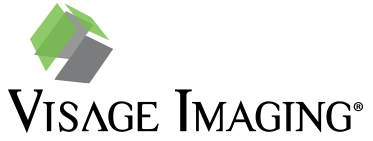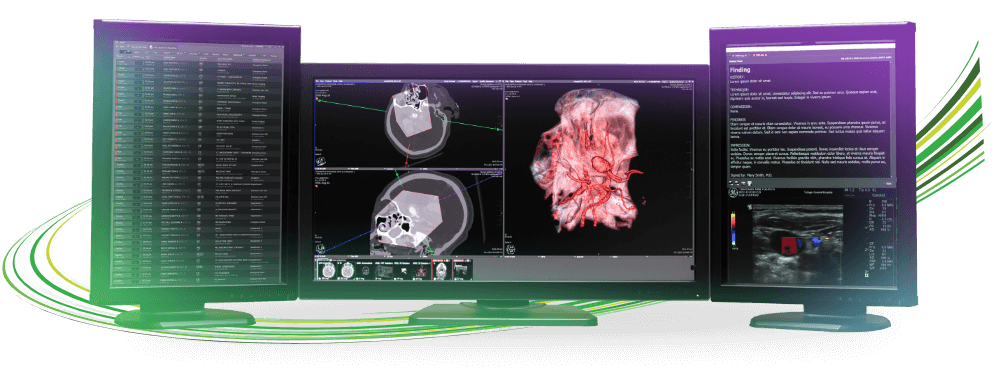Risk Mitigation and Enterprise Imaging Strategies
- Visage 7
- Enterprise Imaging Platform
- proof of concept
- governance
- enterprise imaging
- POC
- risk mitigation

As many healthcare institutions look to assemble governance, obtain budget and execute strategies for their enterprise imaging programs, I’ve observed a common barrier in crossing the chasm from planning into reality: perceived risk.
Risk is something that has not happened (yet) and it may never happen. It’s a potential problem. When used to evaluate an enterprise imaging strategy, several key decisions must be made:
- Generally, most healthcare institutions are faced with the decision of sticking with their existing vendors or moving through an evaluation of alternate solutions. In order to effectively mitigate risk, a provider must be able to quantify the risks involved in staying the course with their current vendor vs. moving another direction.
- Once enough information has been compiled to support looking for alternatives, the process of evaluating these options can also mitigate the potential risk of selecting the wrong solution.
- Often, institutions will move through a somewhat standard process of introducing an RFI/RFP to a select group of vendors to aggregate and document technical/clinical and administrative queries. Often, these documents are shared/repurposed amongst many institutions, with the support of an outside consultant. Although this is an effective way to obtain relevant vendor information, it is a suboptimal way to mitigate the risk of making the wrong vendor selection.
I would invite healthcare providers to begin with what is often a neglected, but critical step in the evaluation process — the POC (Proof of Concept). This process can and should be as extensive as needed, in order to mitigate any potential risk of integration/interoperability issues, performance, workflow, user experience and ongoing system administration. Vendors that cannot or will not support a POC to meet the needs identified by the institution, should be eliminated from consideration.
Case in point, Visage was recently selected as the enterprise imaging platform for one of the top ranked academic institutions in the US and globally, with the goal of executing a combined rollout with their new EHR system. A key requirement prior to finalizing the relationship, was to demonstrate proof that Visage 7 would meet various performance criteria, in order to mitigate the risk of not meeting stated go-live dates. If go-live dates were missed, a one-month delay would translate to an 8-figure loss to provider operations.
A POC should serve as the source of truth in evaluating software and at a broader level, a guide that ensures the strategic goals set forth by project governance, are actually met. At Visage, we can accommodate various flavors of POC, with success metrics generated in weeks, not months. We often hear about new enterprise imaging contracts, but very seldom do we hear about results — which I’ll discuss in another post.




